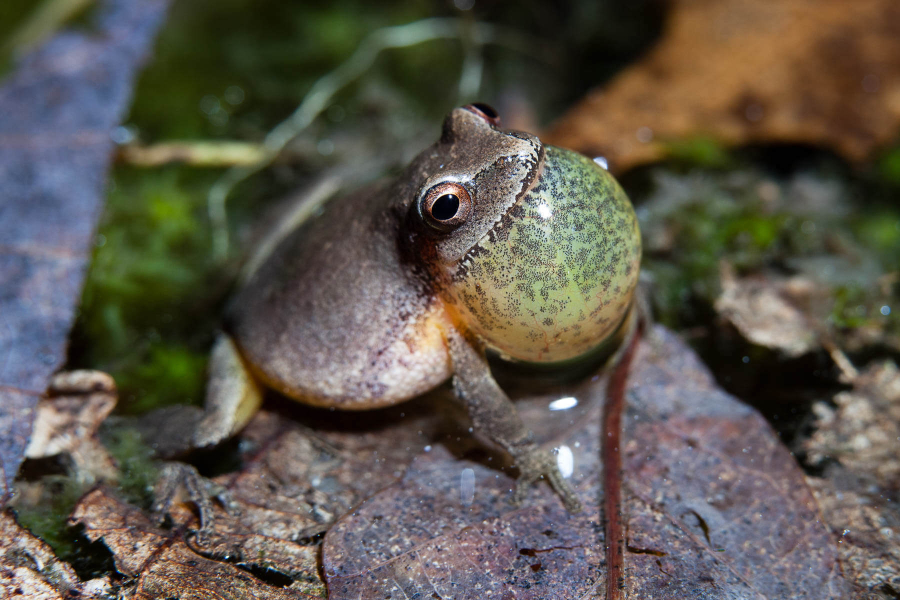Six Signs of Spring in the Chesapeake Region
After a long, cold winter full of snow, ice and disrupted plans, the Chesapeake Bay watershed is looking forward to spring.

After a long, cold winter full of snow, ice and disrupted plans, the Chesapeake Bay watershed is looking forward to spring.

Comments
There are no comments.
Thank you!
Your comment has been received. Before it can be published, the comment will be reviewed by our team to ensure it adheres with our rules of engagement.
Back to recent stories